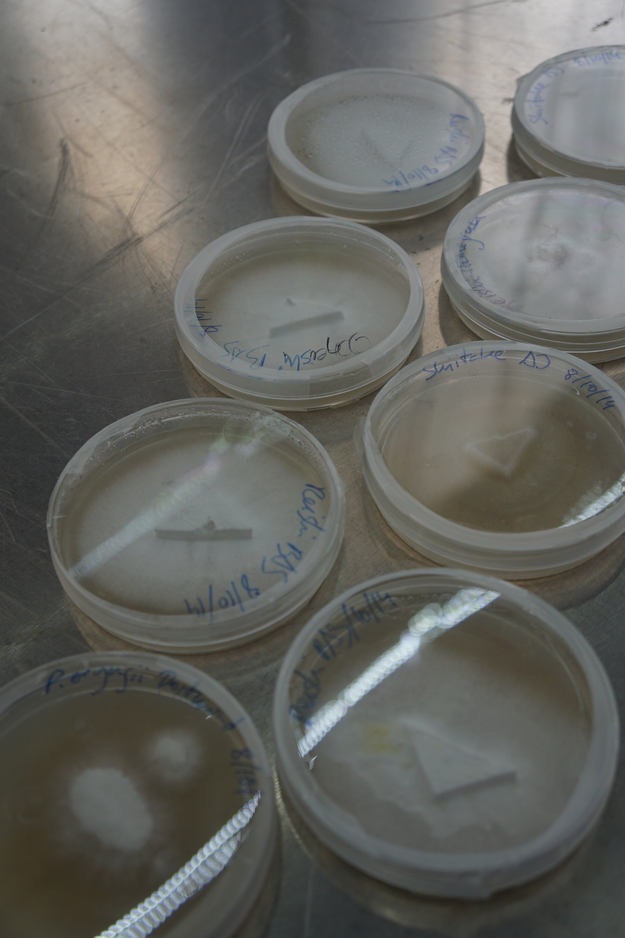For many important agricultural species, preservation of the germplasm in wild strains for future use in breeding programs is being preserved by the establishment of gene banks, and we suggest that it is important for this to be done with the edible fungi as well.
Collection
Specimens of the fruiting bodies for subsequent tissue and spore isolations should be collected from diverse geographical areas and ecological situations. The aid of colleagues should be solicited, so that specimens can be obtained from widely separated geographical areas. The various collections of fruiting bodies, spore prints, or tissue cultures should be sent to a central laboratory where the culture will be prepared for analysis.
Analysis
Matings of monosporous cultures from each collection will be made to determine the number of distinct mating types at the A and B loci of tretrapolar species. This the determination can be made by application of the formula:
N=(n(n-1)/2)/r
where N is the total number of distinct members of the series, n is the number of individuals in the sample, and r is the number of identical factors in the sample. Unless there is bias toward the isolation of identical mating types by sample collections from the same mycelium (e.g., from the same part of a log), the assumption of the amount of germplasm of the species conserved in the collection. The mating type genes are appropiate for this kind of analysis, because there is no indication in any previous study of a relationship between mating type and climate or geographical location; that is, the mating type alleles are distributed randomly.
Suggestions
The cultures should be maintained as dikaryotic stocks, because dikaryotic stocks have twice the genetic material of a monokaryotic strain and recessive lethal mutations will not cause the loss of the culture. The stocks collected from nature should be maintained by techniques involving as little growth as possible, e.g., in liquid nitrogen, to minimize propagation of spontaneously occurring mutations that might adversely affect the usefulness of the culture.
